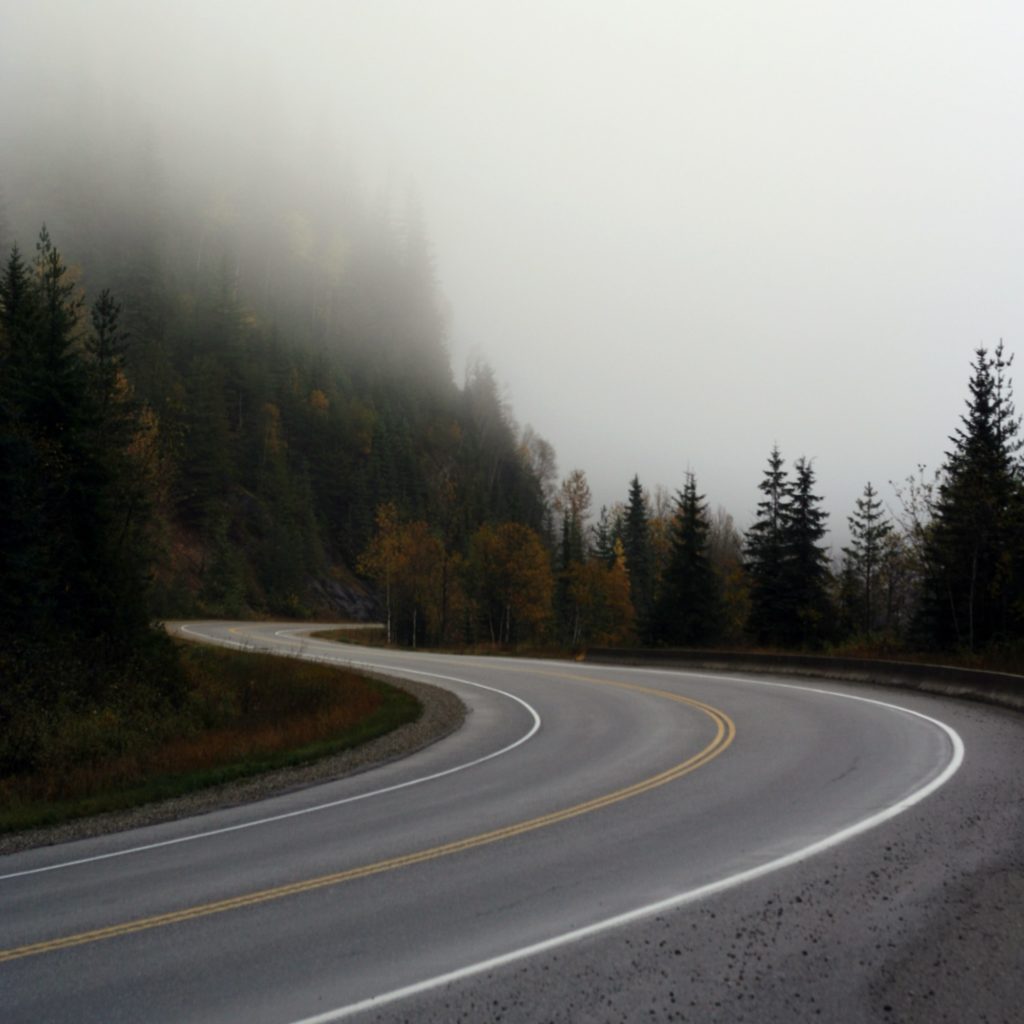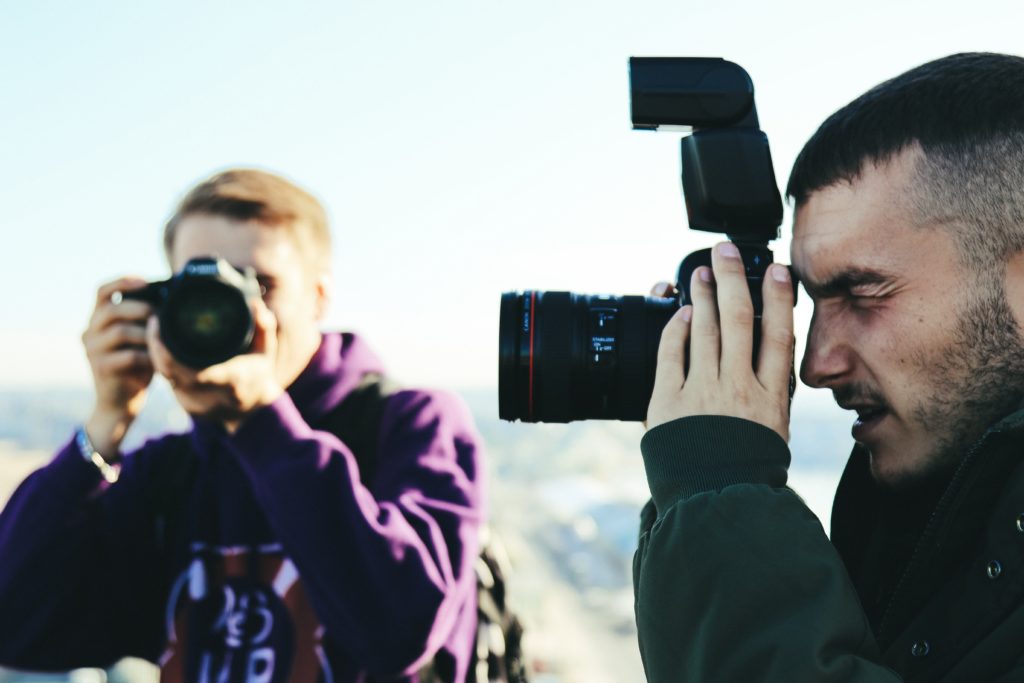A key element that you need to consider in the course of your visual storytelling via photography is the use of sharpness and clarity to convey focus and direction in your compositions. You might already be familiar with this technique if you are a fan of film or television. In these media, you will often notice that focus and clarity as well as their opposites, the out-of-focus shot and blur effect, are used to guide the viewer’s eye to critical elements on screen that help further the story’s plot, underscore visual symbolism, or some combination of the two.
And you can bring this same effect to your photography once you develop a sense of how to use clarity and sharpness in effective ways in your compositions. To help you on this journey, we’ve created this handy guide with ten essential tips to help you learn how to implement sharpness in your photography along with some examples that illustrate each concept as well as act as a guiding benchmark to help you as you develop your craft.

1. Selective Focus
This technique was hinted at in our preamble and that’s why we are discussing it here, at number one. That’s because it’s an extremely powerful if not somewhat surprisingly simple technique that takes little time to master once you get the basics.
Selective focus is the method wherein you emphasize a subject or subjects within a photograph while limiting the clarity and sharpness of other compositional elements.
How can you do this?
Through adjusting your camera’s aperture or f-number. For example, a wide aperture of f/1.8 or f/2.8 results in what is known as a “shallow depth of field” where you get a sharply defined subject and a blurry, almost dreamlike background. This blurred backdrop is known as bokeh and the overall compositional impact is to delineate a subject within a piece and guide the audience’s eyes to it.
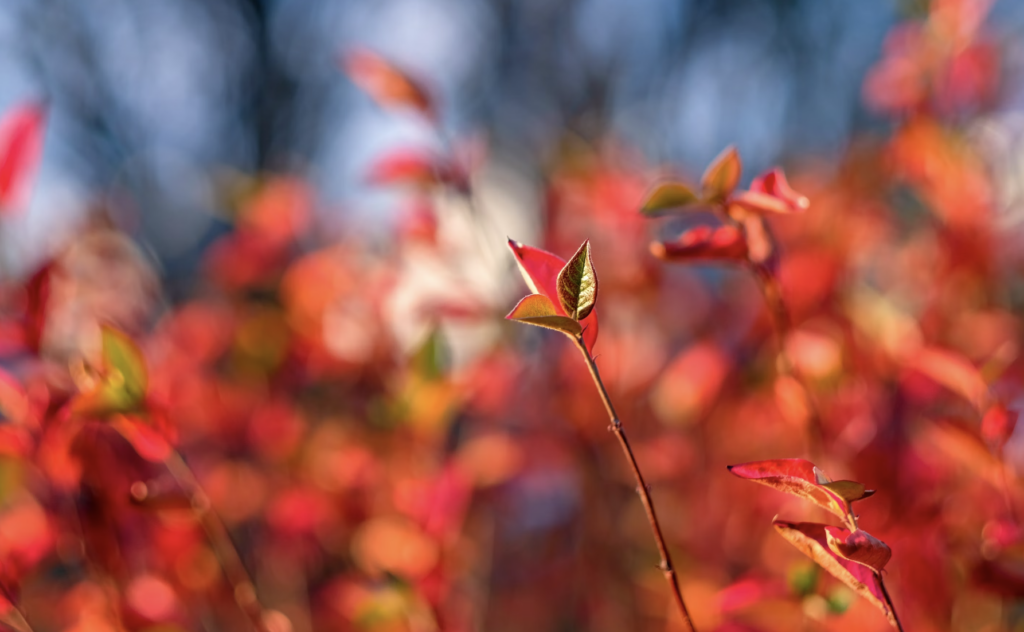
2. Leading Lines and Sharpness
The concept of leading lines can be somewhat confusing for some but it is actually pretty easy to understand once you put it in everyday terms. Basically, leading lines are compositional elements that direct the viewer’s gaze in an intentional way.
Think of a road leading off into the horizon or a line of trees lining a hillside. You could also consider architectural elements or even subtle shadowing and lighting to differentiate one region from another. When the shape subject is placed at the conclusion of the leading lines, the effect is quite prominent.
Whether subtle or direct, leading lines are a compositional element that assists the photographer in placing the subject matter in front of the viewer and are an essential storytelling element when it comes to the subtle art of photography.

3. Contrast
A compositional technique in fashion and even literature, contrast is one of the easiest and most immediately effective ways to add visual storytelling compositional elements to your photograph.
Here, you need to think outside of the box and along the lines of opposites and complements. For example, the first concept, that of “opposites,” encompasses light and dark, shadow and light, bright and subdued, and so on.
The second, that of “complements,” considers that some visual elements go better with each other than others. This can be anything from a combination of particular colors to visual elements and of course, blur and sharpness.
While you can experiment with various configurations, these are some good ground rules to help you get started with using contrast to create striking visual elements that help convey meaning and structure to your photographic compositions.
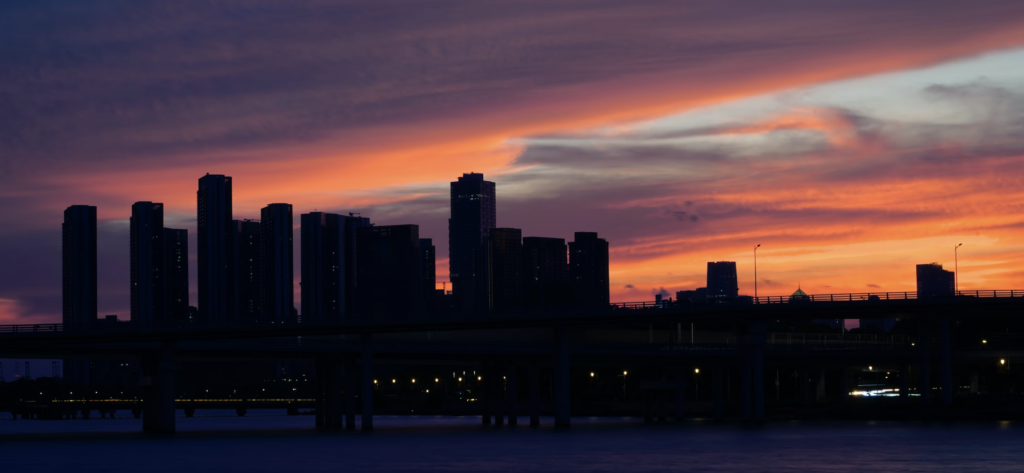
4. Depth
Often the differentiating mark between a master and a beginner is the skilled use of depth in a photograph. What does this mean in practical terms? Depth refers to an image’s ability to provide visual contrast such that individual elements seem alive or “three-dimensional” as opposed to static. Varying sharpness between the background and foreground (and vice versa) can provide striking visual contrast that helps to shape the viewer’s perspective and thus the perceived depth of the photograph.
The skills in this lie in a mastery of depth of field and how to achieve it with your camera.
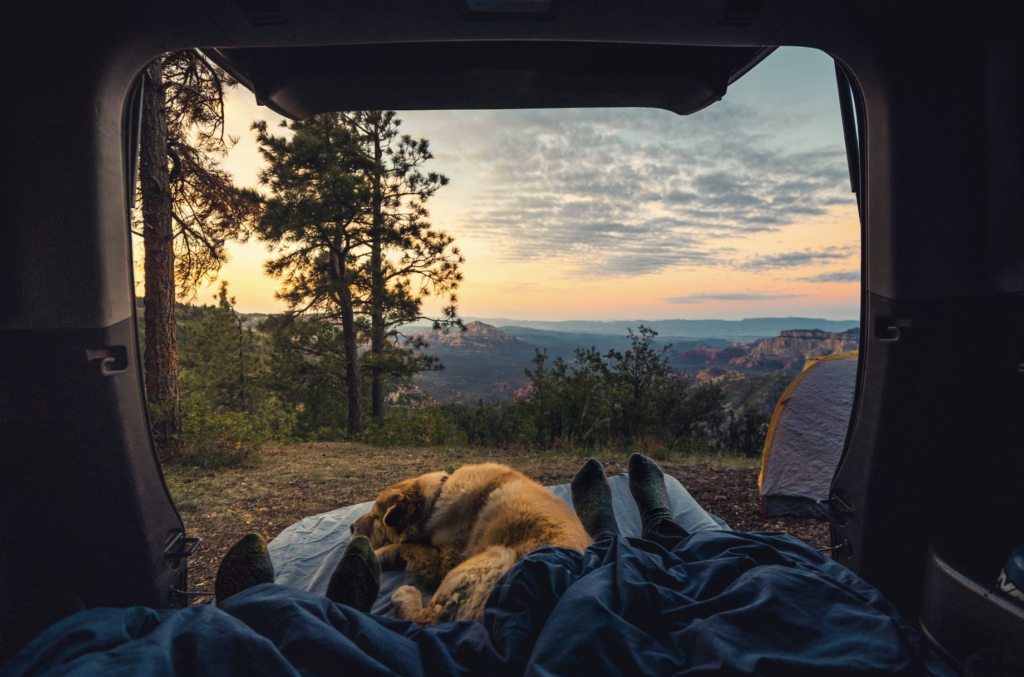
5. Motion
If you’ve ever wondered how some photos can convey a sense of speed or motion then you’ve likely stumbled upon, at least intuitively, the concept behind sharpness as it pertains to movement or dynamism in a composition.
One of the most quintessential examples of this is the sharply defined subject amid a blurred-out background. Couple this with some sort of dynamic movement like a leap or a jump and you’ve got a static, 2D object conveying three-dimensional movement. It’s as simple as that.
Another common example is the blurred background and the sharp subjective seemingly “rushing” towards the foreground. Experiment and play around with different sharpness settings to see how you can change your otherwise “flat” picture into a moving piece of art.
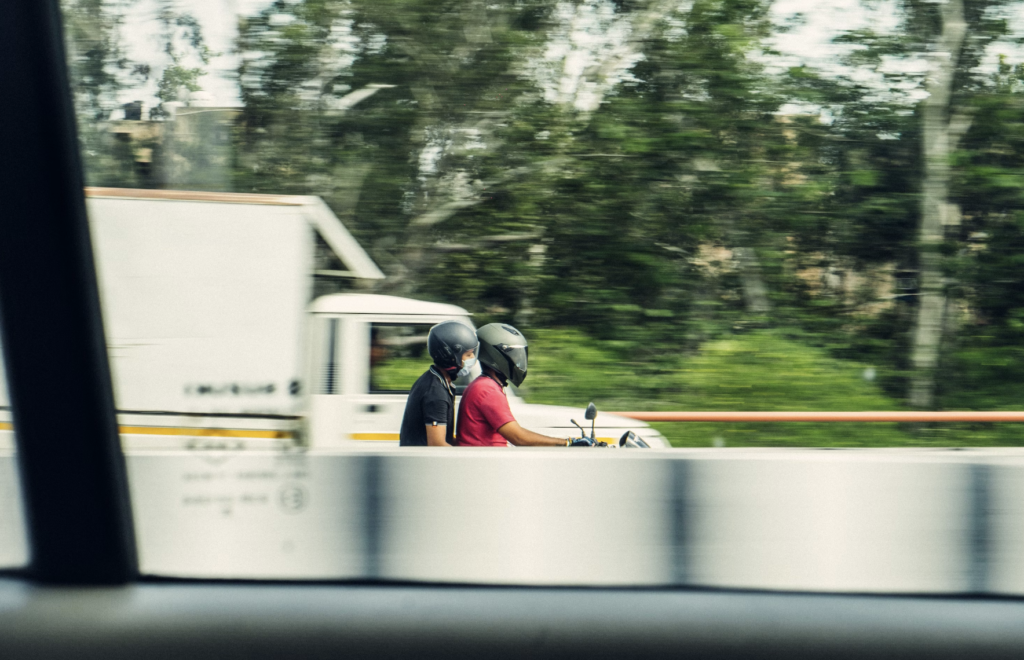
6. Sharpness in Macro Photography
For those of you unfamiliar with the term, macro photography refers to the genre where subjects are captured via extreme close-up shots that often reveal the hidden, complex details that surround us in everyday life. Think of up-close flower photography, insects, and even drops of water. In this area, sharpness is used to emphasize these “hidden” features and draw contrast to the background which is typically completely obscured.
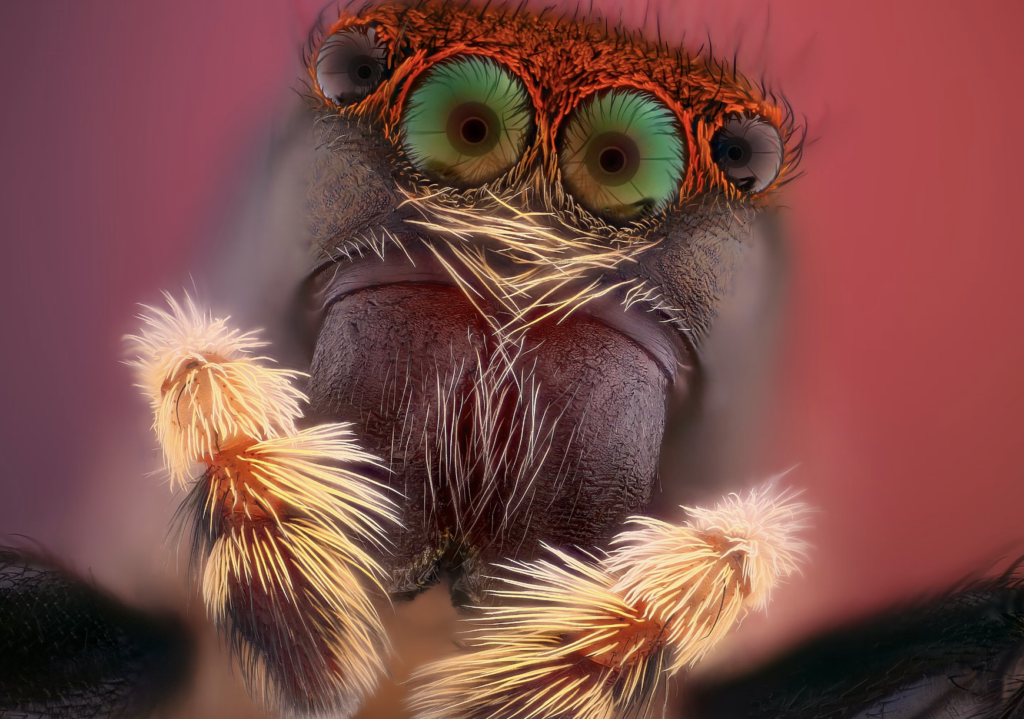
7. Framing
The effective use of architectural or scenic elements can also help you draw attention to your subject matter and assist in adding depth and visual direction to your compositions. Doorways, the arch between trees, converging shadows, and other elements can help you center and highlight a subject in a natural way that creates a primary focal point from which to draw in your audience and hone attention on critical elements.
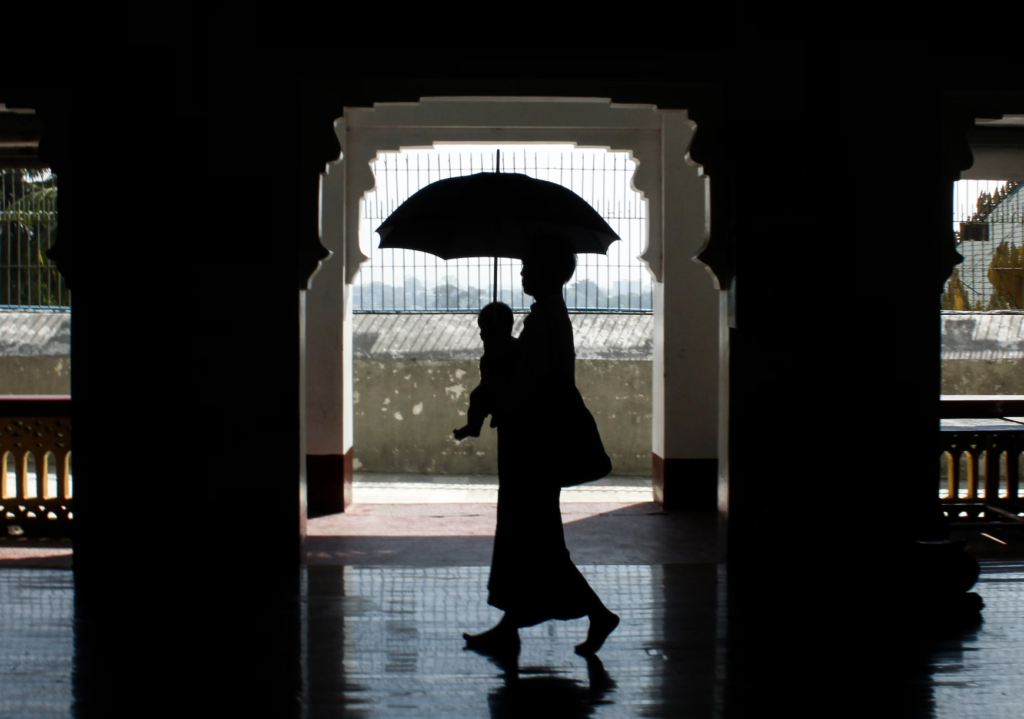
8. Architectural Details
Similar to the advice above, you can think on a larger scale and use entire buildings or edifices to help draw in your viewers. Again, sharpness here is used to limn details and add depth to a composition. Another aspect to consider is texture or how various compositional elements present from a visual standpoint. You might also want to consider sharp geometry to help provide the kind of dynamism that you are looking for in your photograph. One example here would be the sharp silhouette of a building on a less-defined background.

9. Symmetry And Patterns
Riffing off of the architectural details advice, you can use broader symmetry and patterns in your environment to highlight your subject. Whether through repetition or subtle framing through the environment, finding visual elements that iterate in a compelling way can help you draw in your audience in a subtle, almost inviting method.
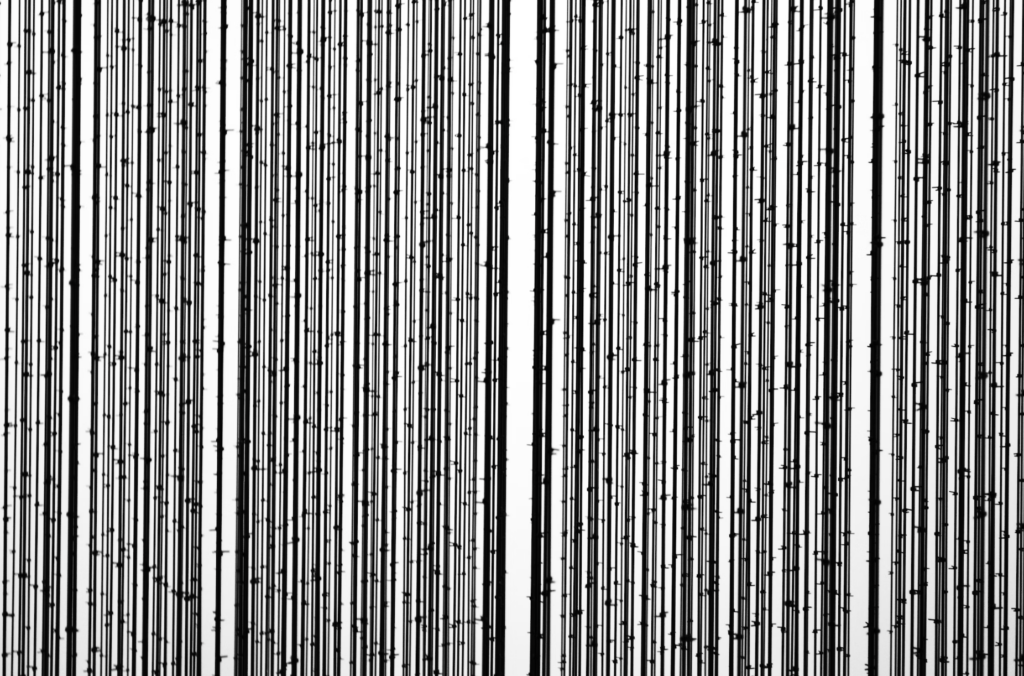
10. Visual Hierarchy
Establishing a visual hierarchy using sharpness essentially means that you utilize varying levels of clarity to order elements in an image in a strategic way. Whether drawing in a viewer or pushing out pictorial details, visual hierarchy delimits the viewer’s gaze in a way determined by the photographer. This is essential in the process of visual storytelling and outlining key elements in a composition. Notice how this is done, at least partially in the image below.
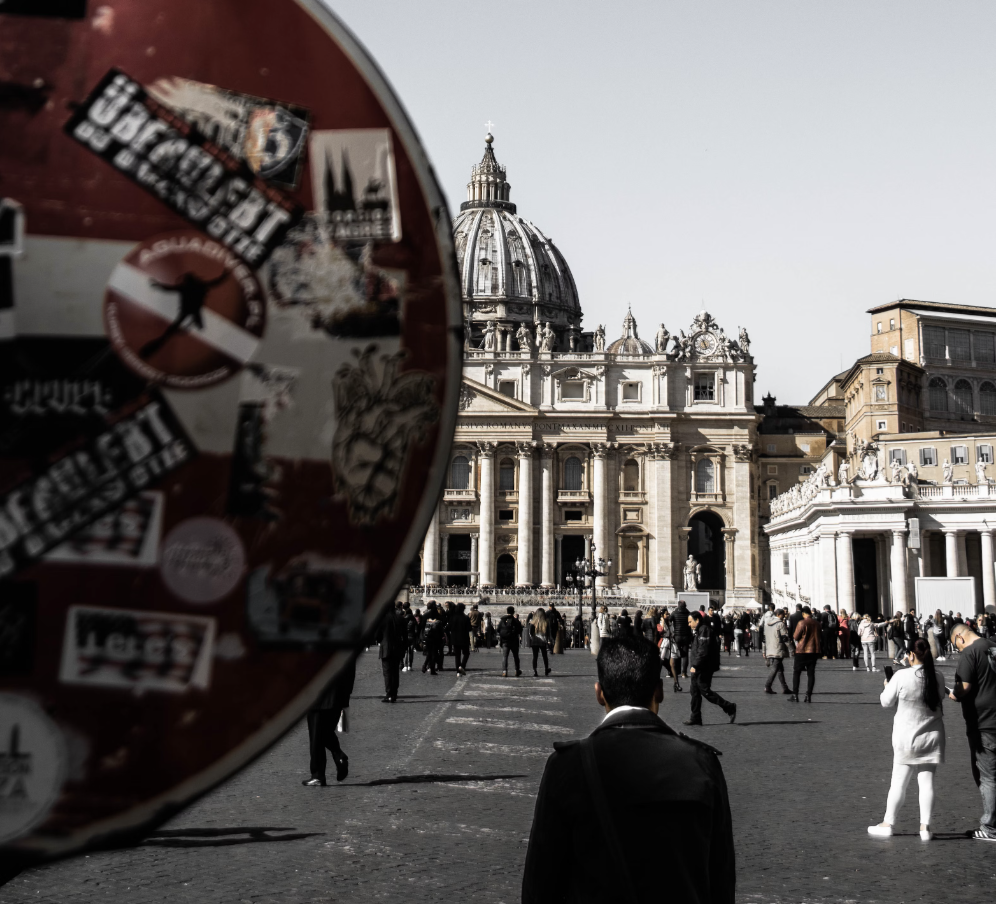
As you can see, the idea of using sharpness as a compositional tool is a deep rabbit hole, but one well worth exploring if you are trying to master the art of stronger compositions. Hopefully, this has given you a few ideas to work with! We have selected a few other composition articles for you to take a look at below.
Further Reading:
- S Curve Photography: Focus On Improving The Composition
- 5 Typical Composition Mistakes That Crush The Effectiveness of Your Images
- Why Leading Lines Photography Compositions Are Trickier Than You Think
- The Rule Of Thirds And How It Can Improve Your Photography
- Focal Point In Photography Composition
- Ultimate Guide To Composition In Photography


